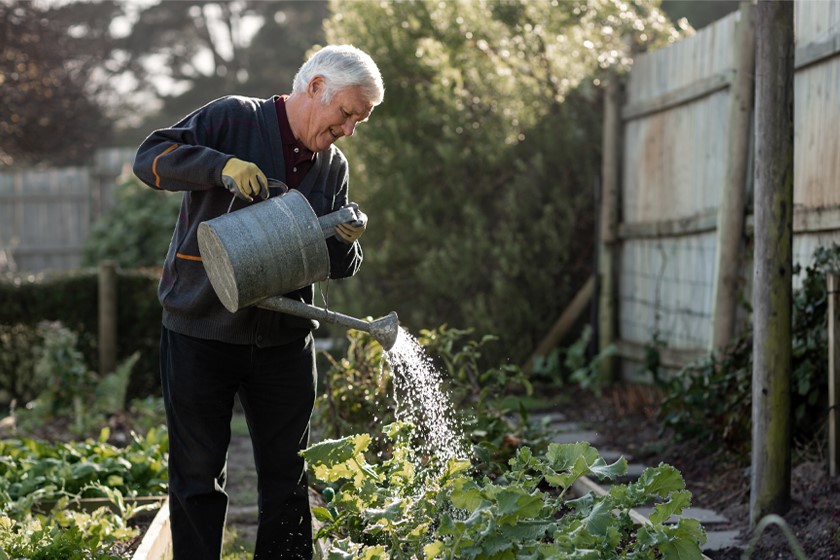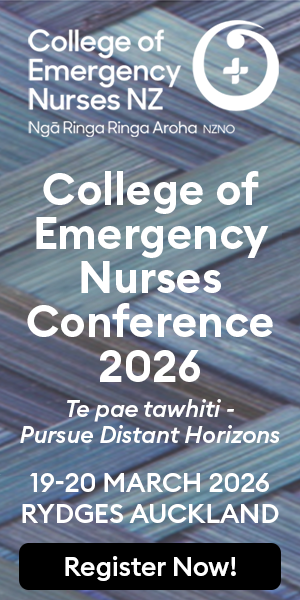
Challenges of transitioning home
Returning home after hospitalisation can be a difficult time for seniors. They may face new limitations in mobility or have concerns about managing daily activities. As noted in The Queen’s Nursing Institute report on discharge planning,3 a successful transition from hospital to home hinges on meticulous planning and collaboration.
While the hospital environment offers constant monitoring and care, moving home can present unique challenges. Pre-discharge assessments are important to identify potential fall risks, medication management concerns, and access to necessary support systems at home.
Limited community resources, however, can hinder thorough assessments and comprehensive follow-up plans. In addition, hospital discharge can sometimes be tricky due to managing the differing expectations of patients and families, and the desire for a swift return to normalcy may overshadow the realities of recovery.
Bridging the gap
One of the most effective things you can do to enhance the safety and independence of your older patients returning home is to recommend a medical alarm system, such as a St John Medical Alarm. These simple yet powerful devices provide a 24/7 safety net, giving your patients the confidence to maintain their independence and remain in their own homes.
In fact, the use of a personal medical alarm by community-living older adults has been associated with reduced requirements for hospital admission and fewer inpatient days compared with living without an alarm.4
The benefits of a St John Medical Alarm
- 24/7 access to expert care: With a simple push of a button, patients have immediate access to expert care should another medical event happen while living at home. This can also provide access to care between doctor visits and home care support.
- Enhanced patient independence: A St John Medical Alarm can empower seniors to remain in their homes with confidence, knowing assistance is readily available should they need it. Older adults report that having a personal medical alarm enhances their feelings of safety and security, which should also help to support independence and ageing at home.5, 6
- Direct connection to Hato Hone St John: A St John Medical Alarm is the only medical alarm that connects directly to Hato Hone St John.
- Reduced family anxiety: Families gain peace of mind and comfort knowing their loved ones can access emergency medical support by pressing a button, when they are unable to be there.7
- Reduced readmission risks: Older adults provided with a personal medical alarm on discharge from an emergency department required fewer inpatient days if readmitted and demonstrated improved measures of quality of life compared with those who received telephone-only follow-up.8
Your role in supporting safe discharge
Nurses play a critical role in facilitating safe discharges and ongoing support plans for older patients. There are a range of ways you could raise the subject of a St John Medical Alarm, some of which you may already be doing, which include:
- Talking to your senior patients and their families: During discharge planning, explain the importance of ongoing monitoring in the home environment, especially if other support structures aren’t yet in place.
- Discuss medical alarms as a safety net: Consider discussing the benefits of a St John Medical Alarm with your patients and their families and explain how it can enhance their sense of security at home, supporting independence while ensuring they are never truly alone.
- Offer to complete an online referral before discharge: Reassure patients and their families of the ongoing support a St John Medical Alarm offers. All patients are eligible for a free trial, and all it takes is for you to make a simple referral on their behalf, through your Practice Management System via Healthlink or ERMS, or online via stjohnalarms.org.nz/hcp.
Delivering a safe and independent environment
By prioritising comprehensive assessments, facilitating open communication and connecting patients with appropriate resources, nurses play a crucial role in promoting safe discharges and independent living for older adults.
A St John Medical Alarm offers an additional layer of security, providing both patients and families with peace of mind. By actively incorporating this valuable tool into your discharge discussions, you can contribute to your patients’ well-being and continued independence at home.
More information
For more information, visit stjohnalarms.org.nz/hcp
References
- van Leeuwen, K. M., van Loon, M. S., van Nes, F. A., Bosmans, J. E., de Vet, H. C., Ket, J. C., Widdershoven, G. A., & Ostelo, R. W. (2019). What does quality of life mean to older adults? A thematic synthesis. PLoS One, 14(3), e0213263.
- Davey, J. (2006). “Aging in Place”: The views of older homeowners on maintenance, renovation and adaptation. Social Policy Journal of New Zealand, 27, 128-41.
- The Queen’s Nursing Institute. (2016). Discharge planning — Best practice in transitions of care.
- Roush, R.E., Teasdale, T. A., Murphy, J. N., & Kirk, M. S. (1995). Impact of a personal emergency response system on hospital utilization by community-residing elders. Southern Medical Journal, 88(9), 917-22.
- Karlsen, C., Ludvigsen, M. S., Moe, C. E., Haraldstad, K., & Thygesen, E. (2017). Experiences of community-dwelling older adults with the use of telecare in home care services: a qualitative systematic review. JBI Database of Systematic Reviews and Implementation Reports, 15(12), 2913-80.
- Mann, W. C., Belchior, P., Tomita, M. R., & Kemp, B. J. (2005). Use of personal emergency response systems by older individuals with disabilities. Assistive Technology, 17(1), 82-8.
- Stokke, R. (2017). “Maybe we should talk about it anyway”: a qualitative study of understanding expectations and use of an established technology innovation in caring practices. BMC Health Services Research, 17(1), 657.
- Ong, N. W. R., Ho, A. F., Chakraborty, B., Fook-Chong, S., Yogeswary, P., Lian, S., Xin, X., Poh, J., Chiew, K., & Ong, M. E. (2018). Utility of a medical alert protection system compared to telephone follow-up only for home-alone elderly presenting to the ED — A randomized controlled trial. American Journal of Emergency Medicine, 36(4), 594-601.
This advertising content was paid for by Hato Hone St John. Hosted content may not represent the views of Kaitiaki Nursing New Zealand or the New Zealand Nurses Organisation.



